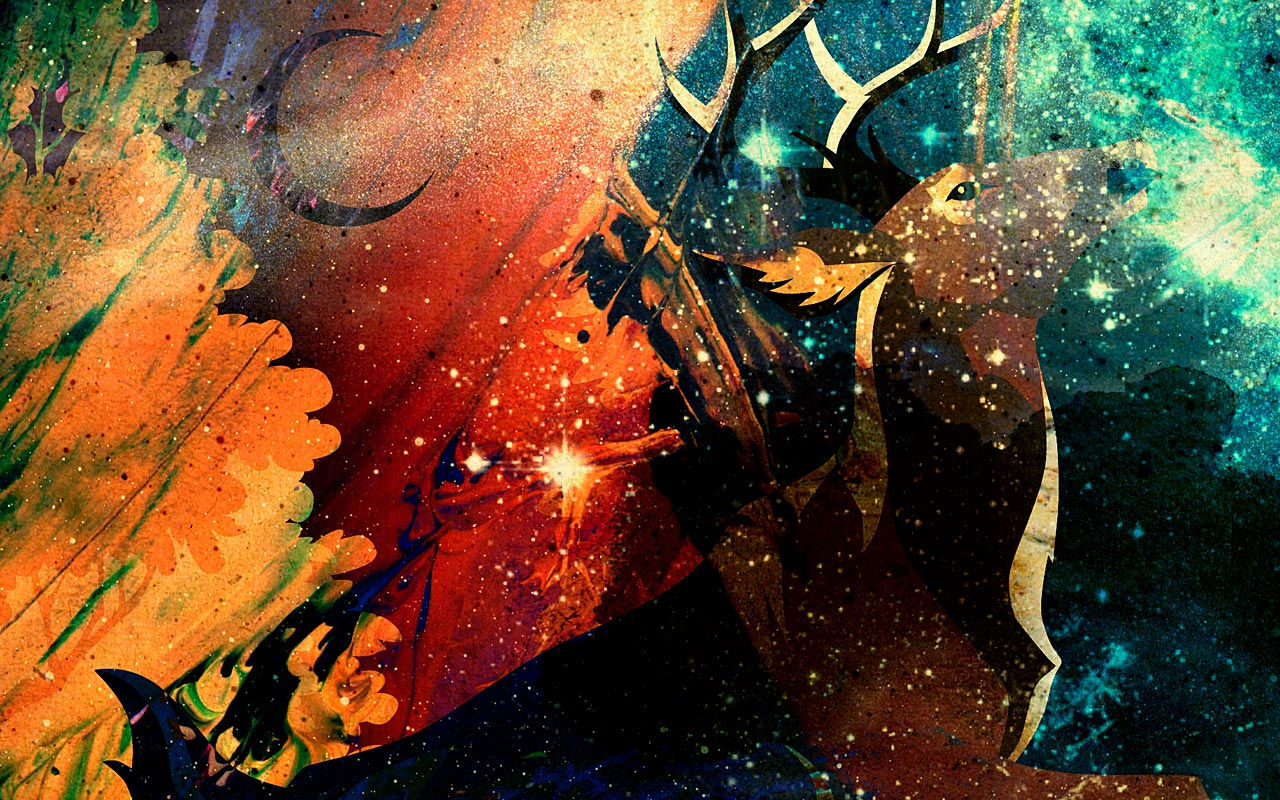
AS
Srivijaya as a State
Srivijaya was not a state in that it did not have defined boundaries; it was a mandala. The existence of Srivijaya as a mandala is supported by the strength of the Indian culture in the centre at Palembang in Sumatra and the lack of defined boundaries.
The Indian mandala is a spiritual system in which a human connects with cosmic powers by centering on an essence. In a political mandala, the monarch integrates vertically with divinity, in the case of Buddhism when the ruler does good and attains a higher degree of merit, and horizontally across a territory of people, land and resources. This unity protects the realm from disintegrative forces.
As a mandala is an interstate system, where the central state increases its influences on surrounding states, it ties in with the idea that Indianization was not brought to Southeast Asia by the Kshatriyas as conquest would obliterate the interstate system and general concept of peace in Srivijaya. Although war is one of the possible methods of expansion of mandala, there is no evidence of this in Srivijaya, further supporting the lack of previous wars here by Kshatriyas. The other means of expansion are through pursuit of peace through treaty or alliances and a posture of neutrality.
Srivijaya as a state also did not privelege lineage or social positions as much as "persons of prowess". In a way, what existed was a form of spiritually sourced meritocracy. This further negates the need for the presence of Brahmin priests to legitimize the rulers.
In summation, Srivijaya as a mandala always remained personal and devotional, rather than permanent or institutional. Hence, it was not a mapped territorial unit, and the power of Srivijaya as an empire was a result of the transformational qualities of a mandala in its vertical and horizontal integration, rather than military power being the reason behind its reach.
